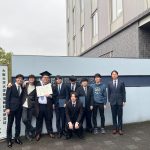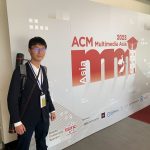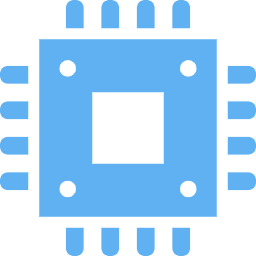About Us
デジタルツインやメタバースにみられる、サイバー空間とフィジカル空間とを融合した新たな社会が構想され、その実現に向けた研究開発が行われています。当研究室では、そうした社会における計算機システムのアーキテクチャ、その基盤であるミドルウェアやプロセッサの設計方法論の研究に加え、社会実装に向けたプロトタイピングや実証実験を行っています。
特に現在では、国内外の企業や研究機関と連携しながらエネルギーマネジメントやスマートモビリティシステム、音響技術、医療画像解析など、幅広い研究領域を対象としています。我々は、博士後期課程や留学生を含めて20人以上の構成員からなり、学会発表や複数の企業・研究機関との共同研究などを通じて世界最先端の技術を追求します。
研究室見学について
尾上研究室では研究室見学を随時受け付けております。
研究室見学をご希望の場合は西川助教までメールでご連絡ください 。
Research Topics
What’s News!!
- 学位授与式 2024
 2024年3月25日、7名の大学院生 (博士後期1名、博士前期6名) と7名の学部生が修了・卒業しました。D3の…
2024年3月25日、7名の大学院生 (博士後期1名、博士前期6名) と7名の学部生が修了・卒業しました。D3の… - ETNET2024@壱岐の島ホール
 2024年3月21日~3月23日に長崎県の壱岐島にて情報処理学会と電子情報通信学会の共催で催された,第248回シ…
2024年3月21日~3月23日に長崎県の壱岐島にて情報処理学会と電子情報通信学会の共催で催された,第248回シ… - 渡さん、IEEE PES Japan Joint Chapter Student Best Paper Award を受賞
 2023年3月に博士 (学位) を取得したOBの渡大地さんが、IEEE PES Japan Joint Chap…
2023年3月に博士 (学位) を取得したOBの渡大地さんが、IEEE PES Japan Joint Chap… - APPEEC 2023@Thailand Cheng Mai
 2023年12月6日~9日にタイのチェンマイで開催されたエネルギー応用分野における国際会議 IEEE PES 1…
2023年12月6日~9日にタイのチェンマイで開催されたエネルギー応用分野における国際会議 IEEE PES 1… - MMAsia 2023@Taiwan Tainan
 2023年12月6日~8日に台湾の台南にて開催された、マルチメディア分野における世界最高峰の国際会議 ACM M…
2023年12月6日~8日に台湾の台南にて開催された、マルチメディア分野における世界最高峰の国際会議 ACM M…





